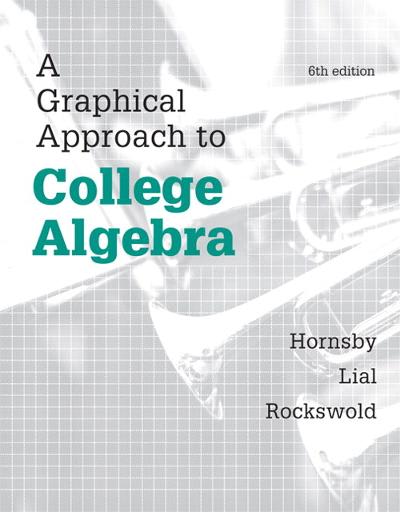Answered step by step
Verified Expert Solution
Question
1 Approved Answer
19 ) In 2016 election, only 61.4% of eligible voters actually voted. A political scientist wishes to estimate the population proportion of eligible voters who
19 ) In 2016 election, only 61.4% of eligible voters actually voted. A political scientist wishes to estimate the population proportion of eligible voters who plan to vote in the fall. Question A: How large a sample will she need if she desires a 4 % margin of error at the 95% level of confidence, assuming she uses NO prior estimate? A)601 B)2401 C)564 D)141 Question B: If she computes a 95% confidence interval of (0.594, 0.674), what was her point estimate? A).594 B).674 C).634 D).614 Question C: If she had chosen to use 99% confidence instead, what would happen to the confidence interval she computes? A)it would be narrower B)it would be wider C)it would stay the same D)we cannot tell if it would be wider or narrower Question D: Which statement is not supported by the the confidence interval she computed in question B? A)We can be reasonably confident less than 70% of eligible voters will vote. B)We can be reasonably confident more than half of all eligible voters will vote. C)The population proportion of eligible voters who plan to vote is higher than in 2016 D)The population proportion of voters who plan to vote could be the same as in 2016 Question 20 ) On a researcher's favorite brand of cookies, Cartydoodles, the nutrional label claims each cookie has 175 calories. Since he's starting to gain weight, he suspects the average cookie actually has more calories. A sample of cookies had a mean of 192.3 calories. Suppose he runs a hypothesis test at the 5% level of significance. Question A: What is the alternative hypothesis? A) > 175 B) = 175 C) = 192.3 D) > 192.3 Question B: He concludes a P-value of 0.0723. What conclusion should he draw? A)Reject H0; there is enough evidence that the average cookie has more calories than advertised B)Reject H0; there is NOT enough evidence that the average cookie has more calories than advertised C)Do Not Reject H0; there is enough evidence that the average cookie has more calories than advertised D)Do Not Reject H0; there is NOT enough evidence that the average cookie has more calories than advertised Question 21) A researcher wants to determine if the population proportion of men (sample 1) who are unemployed is different from the population proportion of women who are unemployed since the beginning of March. She intends to use a 10% margin of error. Question A: What is the null and alternative hypothesis? H0: p1=p2; H1: p1 p2 H0: p1=p2; H1: p1 > p2 H0: p1=0; H1: p1 0 H0: p1=p2; H1: p1
Step by Step Solution
There are 3 Steps involved in it
Step: 1

Get Instant Access to Expert-Tailored Solutions
See step-by-step solutions with expert insights and AI powered tools for academic success
Step: 2

Step: 3

Ace Your Homework with AI
Get the answers you need in no time with our AI-driven, step-by-step assistance
Get Started


